Facelift: the need for a procedure and rules for

When homemade masks, peels and usual salon procedures stop working, ladies sound the alarm. They ask themselves how to bring back a soft glow to the skin, how to smooth out the contour, how to remove wrinkles that only get deeper. The answer is obvious - plastic. This article will help you figure out other questions on the topic.
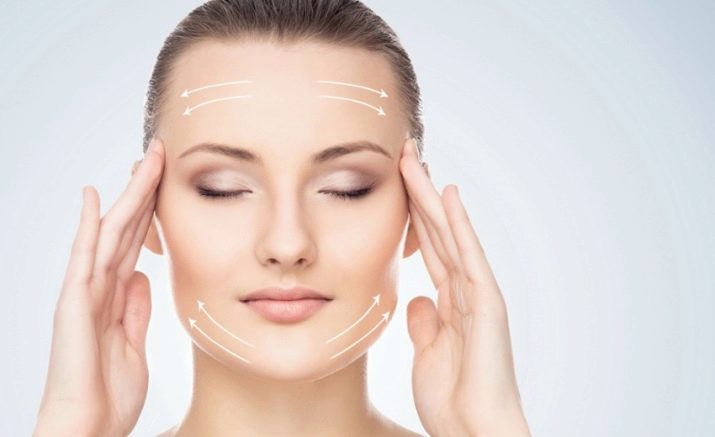
What it is?
Nasolabial folds, crow's feet, mimic and transverse wrinkles on the forehead - a facelift will help get rid of what has been acquired over the years. The essence of the process is quite simple: muscles are tightened, excess skin is cut off, the amount of fatty tissue decreases. Due to such manipulations, you can achieve an amazing effect - many women begin to look at least ten years younger.
Obviously, facelifts are used by women who have already faced age-related changes. But there are often cases when even girls are forced to resort to plastic surgery: individual characteristics of the body can provoke early aging or "blurring" of the face contour. Each case requires a different approach, and modern medicine can provide this.
There are many options for lifting today - from radical surgical to soft hardware, so finding a way to get rid of wrinkles at 30 and at 55 is quite real. At the same time, the concept does not change: the task of rejuvenation is performed in an accessible and suitable way for a particular patient.
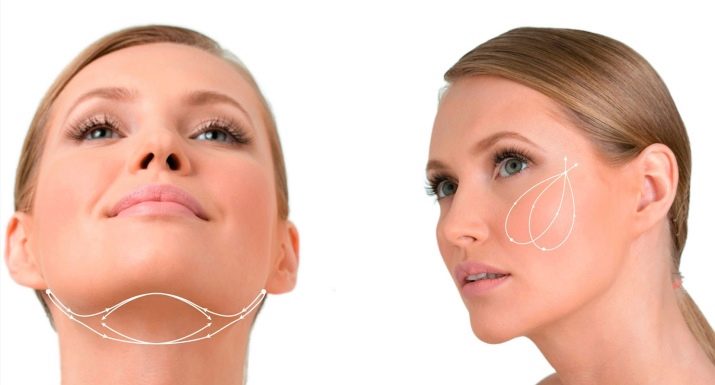
Views
A facelift can be performed both surgically and non-surgically. There is an opinion among plastic surgeons that it makes no sense for women after 50 to turn to the second type of lift - there are not many chances of getting the desired result.
The most popular radical rejuvenation methods are:
- rhytidectomy or classic circular lift;
- spacelift;
- endoscopic surgery.
A circular lift is a well-known method that has long proven itself. Rhytidectomy also has its own varieties - superficial, deep, combined. The doctor will help you choose the most suitable option.
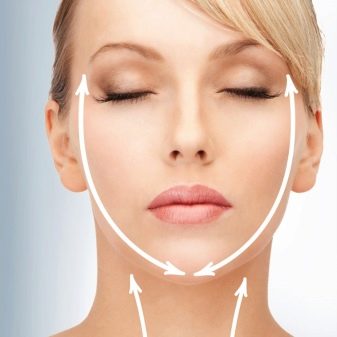
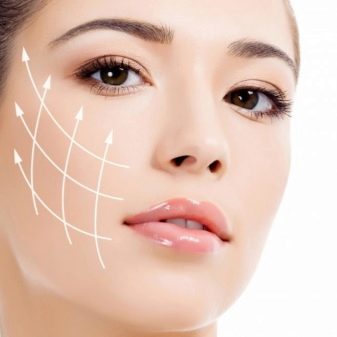
At the same time, rhytidectomy, regardless of the type, allows you to cope with even very obvious age-related changes in the form of wings, deep folds and wrinkles, sagging cheeks and facial contours in general. In addition, this plastic technique allows you to get rid of a double chin - for this, just another incision is made in the area of the lower jaw.
Despite the riskiness and pain of the operation, many patients make a choice in favor of it., because the result is maintained for a decade. Of the minuses, one can single out a long rehabilitation period and the lack of an instant effect. Some people manage to recover after a couple of months, while someone's body can cope in only six months.
Space-lifting or SMAS-plastics is a modern method of plastic surgery, during which the skin is tightened and muscle tissue undergoes changes. Thus, the patient gets rid of minor imperfections and improves the relief.

Let's consider what is the difference between a classic lift and a spacelift:
- zones of influence - in this case, we are talking about correcting not only the skin, but also deeper layers;
- the face retains its naturalness, facial expressions are not distorted.
It will be possible to admire the new reflection in the mirror in two to three months, and the effect lasts more than ten years.
Endoscopy is the safest and most inconspicuous type of surgery. The incisions are made tiny, and the micro-camera allows you to observe the progress of the operation literally from the inside, which minimizes the risk of injury. Absorbable plates, which help soft tissues to change position, do their job. There are several variations of the operation: a forehead lift, eyebrows, cheekbones.
Recovery is expected to be long - at least three months, but endoscopy guarantees the preservation of the result for fifteen years.
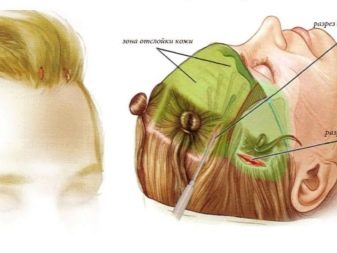
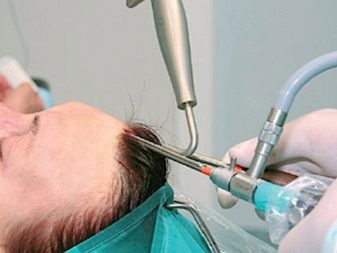
If you don't want to go under the knife at all, then injections will come to the rescue. Of the undoubted advantages - a quick effect that lasts for a long time, and minimal contraindications.
Biorevitalization is becoming a leader today - a method in which the skin is moisturized and smoothed thanks to hyaluronic acid. The likelihood of getting an unnatural appearance in the end is practically excluded, since the injection dose is extremely small. But there is also a drawback: with noticeable age-related problems, the procedure will not help. Recommended for those who are just starting to struggle with the age of 30.
In general, hyaluronic acid has many applications, including in contour plastics. The name speaks for itself - it means the correction of the face contour, as well as the elimination of rather deep folds. When working on deeper layers, we are talking about facial modeling, and this is a separate procedure with its own technology. In this case, not only the wrinkles are filled, but also the cheekbones increase, it becomes possible to change the lower third of the face - to correct the shape of the chin and rejuvenate the neck, to increase the relief.
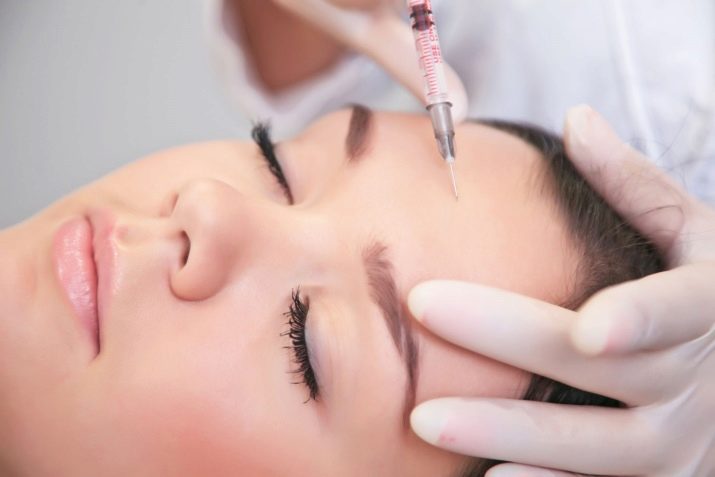
Absorbable threads have also gained popularity in the cosmetic field. This option is good for those who would like to change the shape of the face and maintain its contours. They are injected under the skin with a special needle, after having done local anesthesia. The procedure itself takes place very quickly, pain syndrome with it is very rare, and the effect will last for about a couple of years.
Mesotherapy is a champion in versatility. It can be used in a variety of situations - from fighting acne to getting rid of early wrinkles. The cosmetologist, after consulting and examining the features of the skin, will select the desired composition. True, unlike previous beauty injections, the result will not be instantaneous - you will have to visit the specialist's office several times.
Those who give in to both the scalpel and the needle should take a closer look at laser lifting. Hardware cosmetology is incapable of creating a miracle, but it will help to cope with minor flaws. Essentially, a hardware lift makes natural collagen work, leaving skin smoother, firmer and fresher. Unfortunately, this is possible only with minor changes and if the regenerative processes are not slowed down too much.
Injections can be called an almost ideal option for rejuvenation: the effect is instant, usually lasts about a year, but cosmetologists strongly advise not to abuse fillers: there is a risk of turning a fresh face into a wax mask.
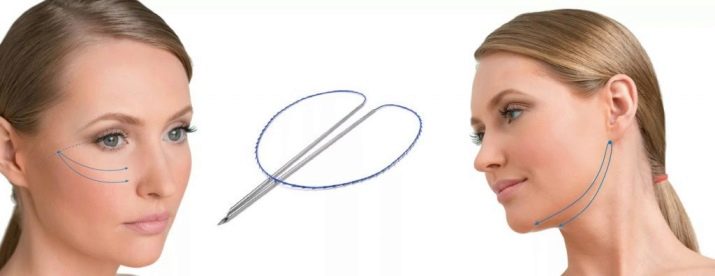
There are various anti-aging treatments of this type, and each one allows you to achieve the desired effect. Fraxel technology destroys old collagen, and cells rapidly produce "young". As a bonus, the client will receive a fantastic complexion, but only if at least three sessions take place.
Skin tightness can be improved with thermage or RF lifting. The warming effect leads to the reduction of fibers, the face is denser and tightened.
Cold lovers should pay attention to cryolifting. This shock therapy is very beneficial for the face: when cooled to a low temperature, the attachment acts on the skin so that collagen production begins. In addition, after several sessions, puffiness subsides, the face as a whole is cleansed, and blood circulation improves.
The effect of the technique is cumulative: the more procedures passed, the more pronounced the positive changes.

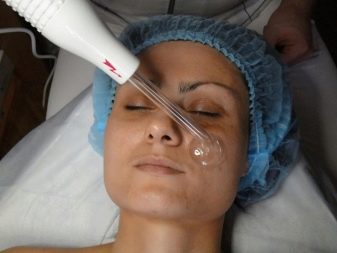
Indications
Usually, experts recommend thinking about the procedure for rejuvenation after 30. It is then that the first flaws may appear, and at this time it is easy to eliminate them and take preventive measures.
The initial signs of aging are:
- the appearance of wrinkles;
- pigmentation problems;
- decrease in elasticity.
With such problems, the patient has a direct road to the beautician's office - it is still quite possible to slow down the process with the help of injections or a laser. However, if a person is faced with sagging and loss of elasticity, then it is better to contact a surgeon immediately. This usually applies to women over 45 years of age.
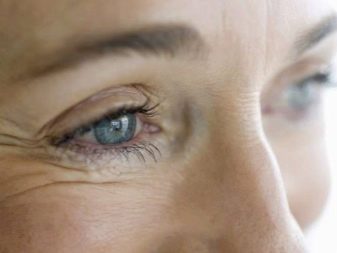
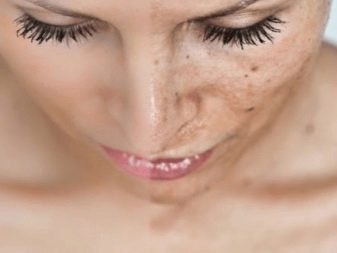
Contraindications
All contraindications for a facelift can be divided into two types - individual and general. Before proceeding with the operation, the doctor must carefully examine the face of the potential patient: the peculiarities of the skin, bones and muscles can affect not only the choice of the type of lift, but also become the reason for its prohibition.
You need to be very frank with a plastic surgeon. The doctor needs to know about all the nuances of the client's health, from the tendency to low blood pressure, to the amount of time it usually takes to heal wounds.
In general, the ban on lifting is often associated with general therapeutic nuances - that is, the patient may encounter such difficulties during the necessary planned operation. The rest of the contraindications depend on the type of intervention.
SMAS lifting is not recommended:
- pregnant women and nursing mothers;
- persons with a pacemaker;
- persons with metal implants (with the exception of teeth);


- people with diseases of the nervous system or mental illness;
- with oncology, diabetes, problems with the heart and blood vessels, as well as with endocrine disorders and lupus erythematosus;
- in the case of an infectious disease or inflammation of the skin fragment that is supposed to be treated;
- if the patient's body is prone to the appearance of scars and scars;
- in the presence of acne - in the active phase;
- patients with poor blood clotting or when taking medications that affect it;
- minors.
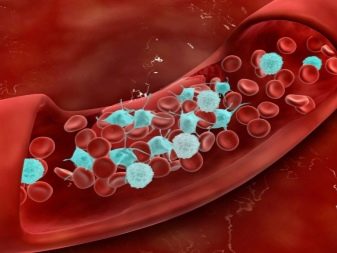

With endoscopy, there are slightly fewer prohibitions, and all of them are associated with skin features:
- increased secretion of sebum;
- not healed wounds, abrasions;
- low level of elasticity;
- a large amount of adipose tissue in the face and neck;
- age up to 35 years.
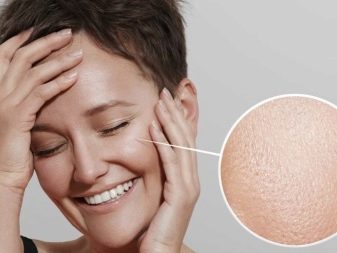
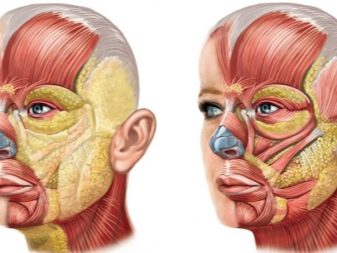
People with:
- hypertension and heart disease;
- acute infections;
- oncology;
- blood diseases;
- diseases of the thyroid gland;
- diabetes;
- a predisposition to scarring;
- nursing mothers and pregnant women.
Regardless of what specific operation is planned to be carried out - endoscopic, circular, and so on - it is important to remember: during the procedure, both nerve endings and facial muscles are affected.
High-level professionals can guarantee safety and the absence of serious consequences, but there is always a risk.


Preparation
Preparatory measures begin long before the operation itself. First, the doctor prescribes the necessary tests and examinations. The more detailed the information received, the lower the health risk: how easily the body will tolerate anesthesia, whether allergies will arise, whether there are previously unidentified chronic diseases.
If the surgeon does not find any problems, then the rest of the preparation will take place at home. If you have bad habits a couple of weeks before plastic surgery, you will have to give them up. Alcohol will be banned for a long time, as it increases blood pressure, and smoking should be stopped at least a couple of weeks before the operation. The fact is that the use of cigarettes negatively affects blood circulation, due to which the healing of incisions will be greatly inhibited.
A lot also depends on nutrition: if the patient is overweight, then it is worth losing weight a little. If there is no such problem, then you still need to follow a light diet. Eliminate spicy, salty, fatty and sweet, since such a diet will help avoid facial swelling and normalize the body's water balance. On the appointed day, you need to refuse food in the morning.


The list of prohibited medicines is usually standard. Often they contain only those medicines that thin the blood. However, you should understand: whatever medications you are taking, you need to notify the doctor. For example, some hormonal pills may be prohibited.
Information for women: the period of menstruation is not favorable for the operation... It is necessary to calculate the date so as to avoid plastic surgery on women's days, and ideally a few days before them.
Naturally, there can be no question of any cosmetic procedures - this applies not only to the directly appointed day, but also to the period of seven days before it.
By the way, if you go to the hospital, then nail polish is also superfluous, it should be wiped off the night before.


Operation progress
Of course, there is no single algorithm for carrying out a tightening - it all depends on its type. First, let's take a look at the course of a classic operation. In the process of previous consultations, the surgeon finds out which areas of the face are the most problematic, and outlines the places in which the incisions will be made. During the operation itself, special instruments come to the rescue: after the incision, the skin is separated, and then its layers are stretched in a certain way. The experience and skill of the doctor are important here.
If necessary, the surgeon cuts off the excess skin and then stitches it. The operation is done within a few hours and is always performed under general anesthesia.
The same anesthesia is used for endoscopic lifting, but it goes radically differently.The surgeon also makes incisions by inserting an endoscope with a camera into them, so that damage to blood vessels and nerves can be avoided. Unlike classical plastic, endoscopic, although it assumes the presence of incisions, the sutures are not subsequently superimposed - they are replaced by special staples.
In addition, punctures (this is what endoscopy incisions are called) are usually made in hidden places: the scalp or even the oral cavity.

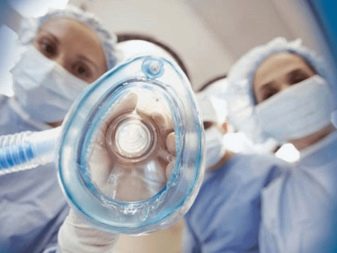
If the choice fell on laser lifting, then anesthesia is not required - only anesthetic gel and disinfection. The preparations are applied to the face after cleansing the skin half an hour before the start of the procedure, then the area of rejuvenation is determined. The influence of ultrasound is controlled: the doctor adjusts the pulse power depending on a specific point, which positively affects both the safety of the procedure and its effectiveness. At the end of the tightening, the patient is treated with a soothing ointment.
As for lifting with fillers, it takes the smallest amount of time compared to others. It can be done within 30-40 minutes, but first you need to conduct a small examination. The beautician analyzes and makes a decision on the volume of the injection, and then with a thin needle injects the gel into the designated areas.
Patients with a low pain threshold are offered pain relief, but sometimes it is not required, since the solutions themselves contain lidocaine.

Recovery
The most severe painful sensations await the patient several hours after the end of the operation. This happens only because the action of the anesthesia that was used during the operation ends. And you may also have a feeling that the face is "pulled together", but pain relievers will help to cope with poor health. As a rule, medications are used lightly, which do not cause side effects, and after a day most people do not need to take them.
Many women are anxious when swelling occurs. Several days after the operation, there really is edema, in some cases they can even increase, but you should not worry - this is a natural reaction of the body. In the process of rehabilitation, the edema subsides.
The same can be said for scars:
- firstly, the surgeon's knife is used in those places that are out of sight of strangers - for example, under the hair;
- secondly, gradually the traces will become completely invisible.
Usually, the postoperative period in the hospital is only 24 hours, and then the patient can go home. Before leaving, a dressing is done, and the bandages are finally removed after three days.
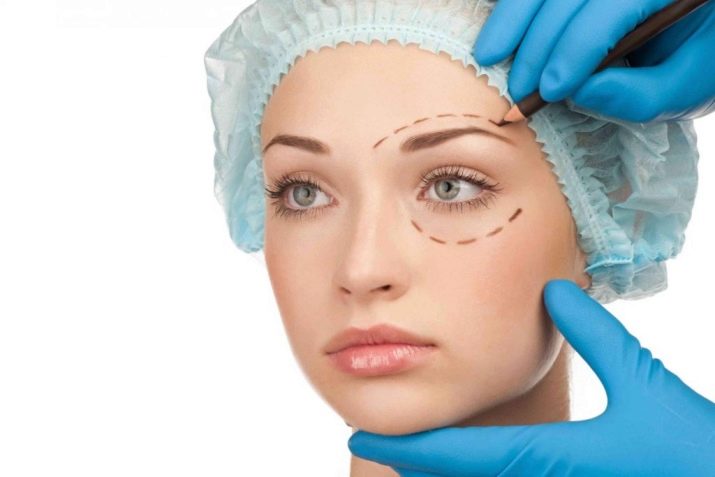
The home environment is a good psychological help: upon returning from the hospital, you need to be prepared for not the most pleasant sensations. Ahead is not only a lot of restrictions and a life on schedule, but also possible dissatisfaction with the lack of an instant effect. We'll have to show restraint, rely on relatives and strictly follow the doctor's instructions. By the way, you need to stay in touch with him and keep abreast of even minimal changes in well-being.
Recommendations for those who have had a facelift are quite simple, but they include quite a few contraindications.
In order to prevent an increase in blood pressure, it is prohibited:
- lift weights;
- do gymnastics, fitness and other types of physical labor;
- lead an intimate life;
- drinking alcohol;
- visit a sauna, bath or take a hot bath.


The bans on drugs stand apart, but in this case everything is individual, with the exception of drugs that help thin the blood - for example, aspirin. Taking a pill can provoke bleeding, which will not only cause a lot of trouble, but also increase the recovery period.
You also need to be careful about cosmetic procedures. Lovers of chocolate tanning will have to give up both relaxing on the beach and solarium.And also you have to forget about any types of facial care, except for those that the doctor advised. Prescribed ointments, silicone patches, and physical therapy can help deal with postoperative imperfections, while peels and even homemade masks can be harmful.
As a rule, after two to three months, all of the above restrictions are lifted. Approximately the same period is required for the patient to fully recover and see his “new” face in the mirror.
This does not apply to laser procedures and lifting with fillers: usually the cosmetologist gives general recommendations for skin care and advises to temporarily refrain from exposure to the sun and chemical cosmetic procedures.

Recommendations
Neither the fair sex nor the strong half of humanity can come to a consensus. Someone believes that there is nothing better than natural beauty, albeit one that has undergone age-related changes, and someone votes for progress and the opportunity to improve oneself.
The reviews not of theoreticians, but of practitioners, are also contradictory, but this is understandable: both the characteristics of the body, and the qualifications of the doctor, and the correct choice of the type of plastic surgery are of great importance.
General tips for those who have gone through plastic are as follows:
- collect the maximum amount of information about the clinic you plan to contact;
- do not save - although many specialists have appeared in the field of plastic surgery, a competent surgeon or cosmetologist is now worth its weight in gold, and evaluates its services accordingly;
- do not neglect the opportunity to consult several doctors and hear different opinions;
- enlist the support of loved ones, because in the process of rehabilitation you will need psychological comfort and real help.
Those patients who consciously and responsibly approached this step are satisfied with the results. According to them, not only the appearance is transformed, but also the inner mood is significantly improved.


For information on how the procedure for a facelift with absorbable threads is carried out, see the next video.








